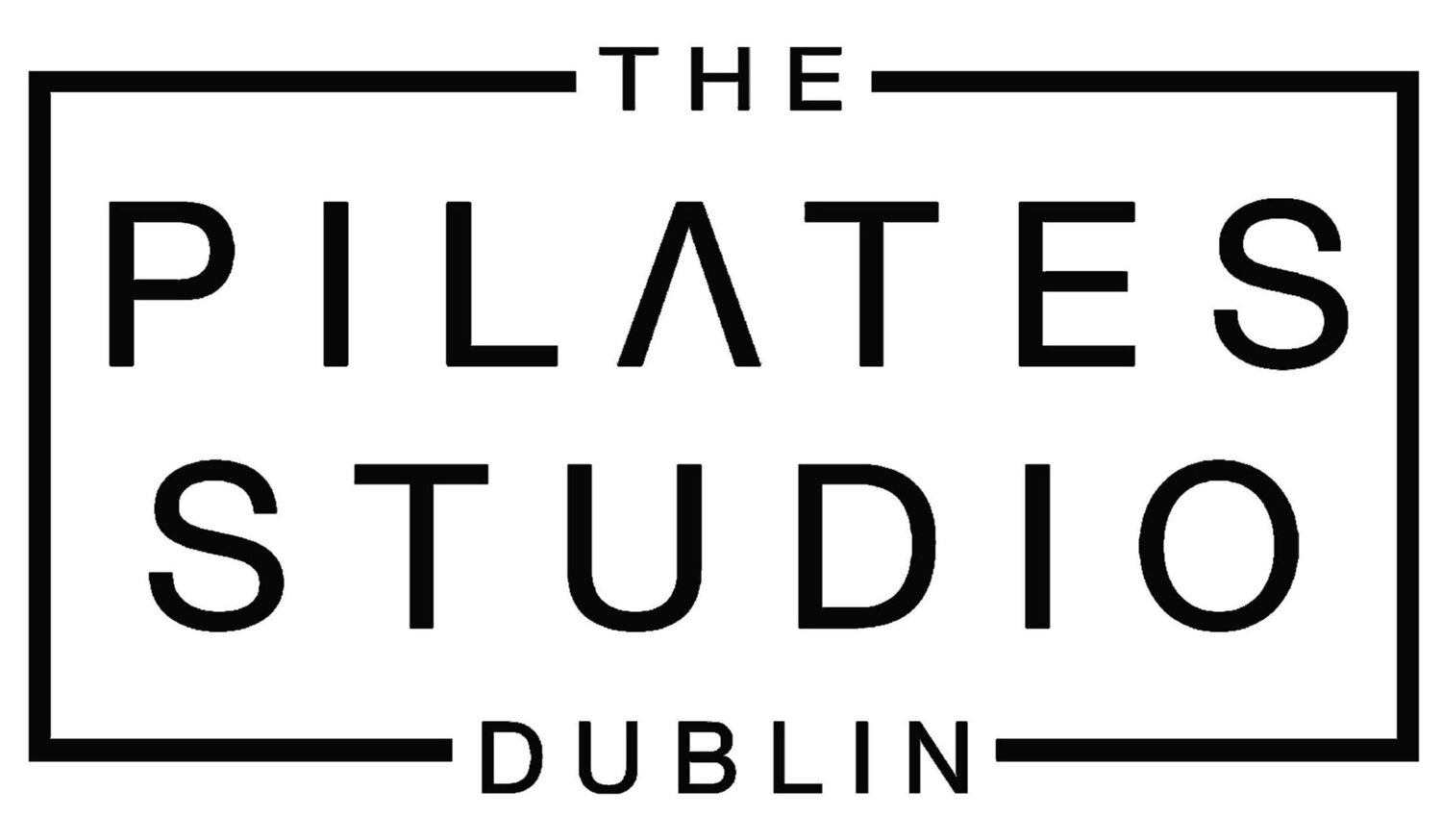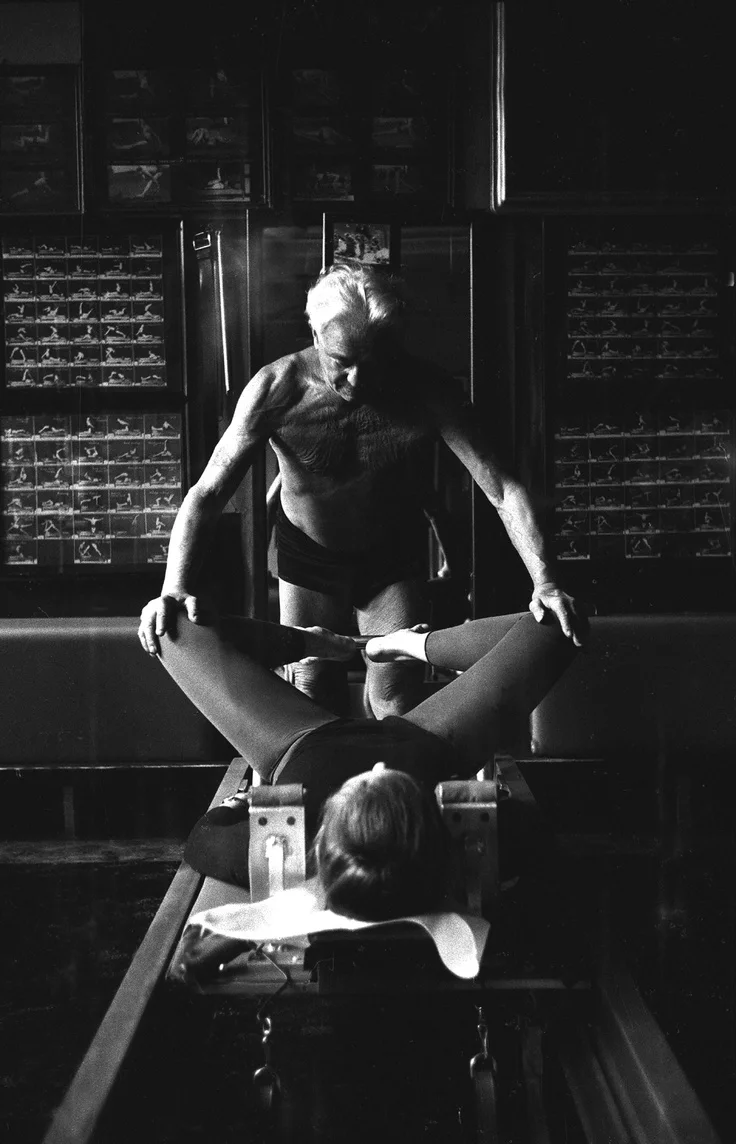We debunk Classical Pilates 3 biggest myths
/1. "Classical Pilates is only for professional dancers and gymnasts"
Nope. The majority of our clients, including our teacher and many of our international guest teachers to date, are neither! The method is very diverse and expansive. Simply put - Pilates meets you where you are! Being flexible and strong is not a prerequisite to starting Classical Pilates, but it can be a desired outcome.
2. "Classical Pilates is boring and exercises repeat themselves"
Marital arts, yoga, gymnastics, various types of sports & other well developed disciplines have a particular structure to them. So does traditional Pilates (Contrology). None of the above are boring when a practitioner delves deeper than just a passer by experience. Often people assume that Classical Pilates is just the 34 exercises explained in the 'Return to Life' book first published by Jo Pilates in 1945. The true fact is that Classical mat work is only a small part of the extensive Pilates total body of work. Lack of familiarity with the original work is often the culprit to the myth.
3. "Classical Pilates technique is old and outdated, as it was created 100 years ago"
Sad and untrue myth. When simple laws of physics apply no more and gravity is gone - then it will be outdated! The Method was developed and refined well into the 1960’s by Joseph Pilates. After his death, his wife and business partner Clara and Romana, who was a direct disciple of Jo, carried on Joseph's work. All along, well into the 1990’s, the first official teacher training programs were developed. Small changes were made and some archival exercises or principles no longer deemed safe were dropped. What was different in those teachers - they weren't dabblers, they knew the work as the whole system inside out. This allowed them to keep the essence of Contrology while introducing the changes. Nowadays, teachers teach to reflect the advancement of scientific understanding of the human body. Trends in physio therapy and scientific research are ins some instances only starting to catch up with Jo's genius. More integrative approaches to treatment of injuries, the role of connective tissue fascia and neuroplasticity are some of the examples. These all seem to prove more & more that Jo was way ahead of his time.
Bonus! 4. "Classical Pilates teachers don't modify the exercises"
Untrue. The truth is traditional Pilates is often referred to as the art of progressions. This itself implies that as teachers, we modify exercises constantly to best suit the body in front of us. If Pilates students cannot complete a particular exercise for whatever reason, it makes sense to incorporate modifications and use suitable equipment to help them improve their strength or understanding. Full expression of exercise is the end goal. However, It is the journey and what you learn in the meantime those are the important parts that make Pilates so enjoyable and fruitful!
Whichever style of Pilates you currently practice or teach—there are tons to be learned from looking at this work both through the lens of its original intentions and the perspective of modern movement training principles.
Read here why our Pilates Method differs & why we choose to teach through semi-private group classes & private sessions.
Find out about our new Total Contrology Classes, Tower & Classical Mat Classes.











